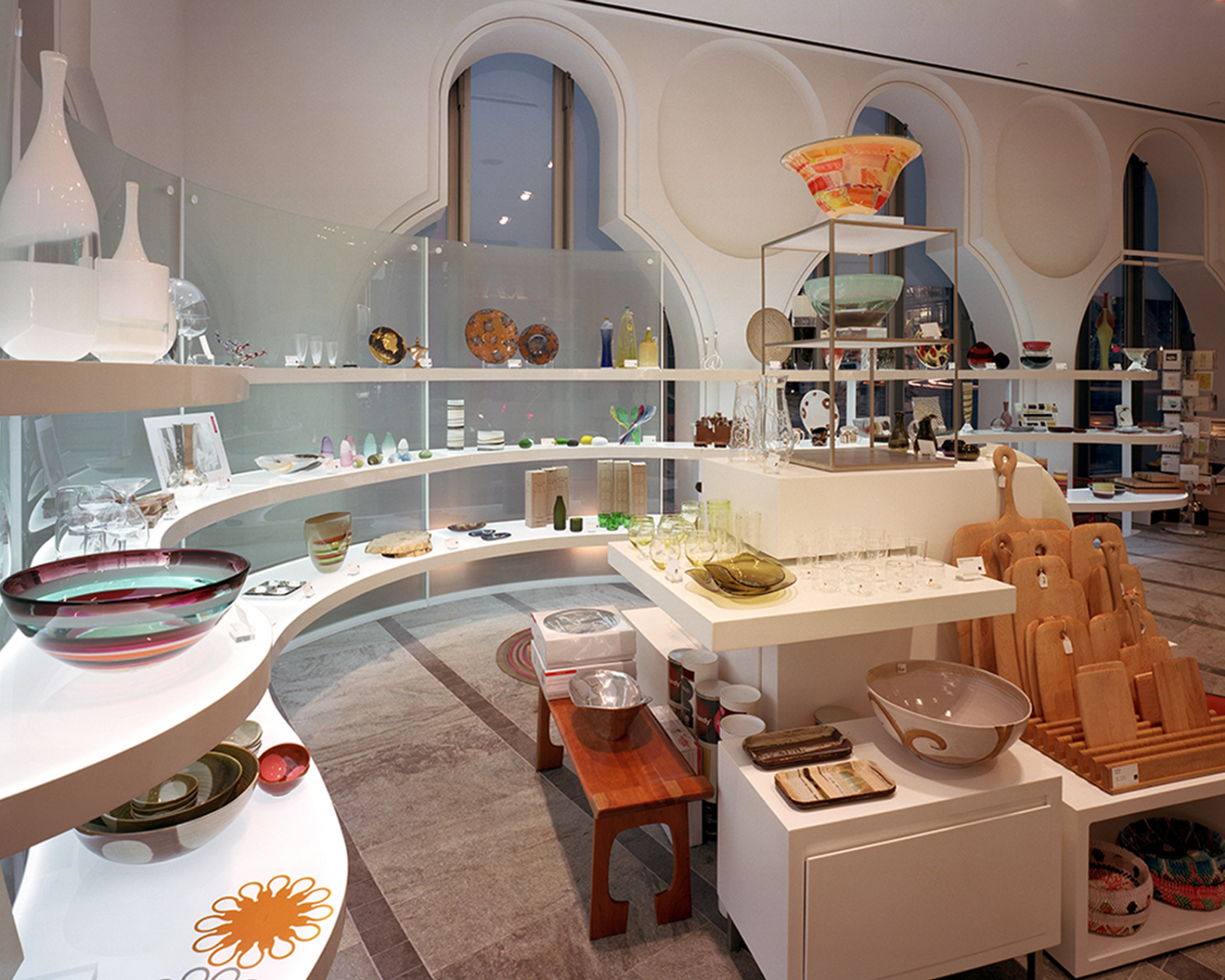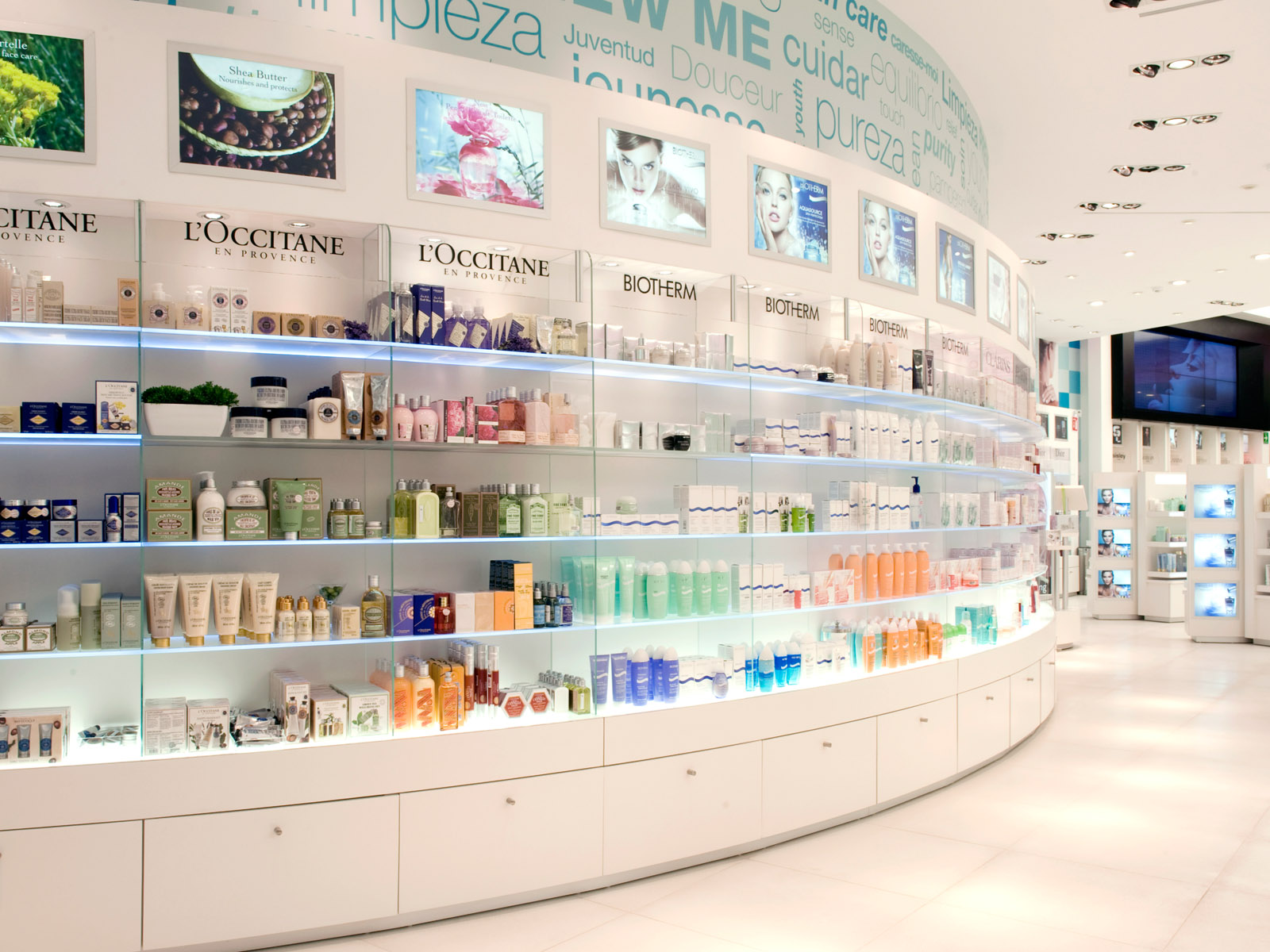Commentary
Destination: Attraction Retail – More than Just the “End of the Ride”
Jan 05, 2016
From VMRD Magazine (India) – By Ken Nisch, Chairman – JGA
When asked by my traveling friends where to go, India is the answer. The diversity of places and experiences, the uniqueness of those experiences and the ability to enjoy handicrafts, apparel, and other unique items from the antique to the contemporary, is without parallel compared to other travel destinations. Bringing together the products with the experiences and the consumer remains a great opportunity.
There are retailers such as Fabindia, other retailers associated with major cultural institutions, and of course the handicraft destination stores that at least to some extent, cater to the visitors’ thirst for the unique. However there remains a huge unmet need and opportunity for attractions and destinations large and small – from the Taj Mahal, to local and regional cultural destinations.
Balancing the Attraction Experience
Increasingly, cultural institutions are turning to non-traditional revenues, food and hospitality, special events, and of course retail to address the increasing budget pressures they have. But most importantly, it offers the ability to complement the visitor’s experience, provide them with a tangible memento of their visit, and enhance the guest’s “ambassadorship” to others who will become visitors in the future.
There are a number of great examples who have conquered this objective, from the Louvre Museum, the major London museums, and as well a number in North America — from the historic, such as the Statue of Liberty; cultural, the Kaufman Center and The Detroit Institute of Arts (DIA), and discovery-oriented destinations such as the Ripley’s Aquariums and the American Museum of Natural History.
Each of these attractions has a diverse audience, with the Statue of Liberty being more focused on the once-in-a-lifetime visitor (both domestic and international) versus the local discovery museums who tend to attract evergreen visitors and cater more to families, school groups and those looking for a “day out” among the mysterious and exotic inhabitants of these discovery-oriented locations.
Blending the Inquisitive with the Acquisitive
Matching the personality in such a way that the retail does not compete, or tempt us to supplant the actual visitor experience, it creates direct and compelling connections to the visit as a merely functional and operationally-driven response. An array of common and inauthentic souvenirs, and what we often term as “cheap and cheerful,” will be a definite turnoff to the consumer, and one that reflects negatively on the institution. By contrast, an experience where the product is thoughtful and blends the inquisitive with the acquisitive; and that the quality of the experience — from the standpoint of execution and world-class operating benchmarks, and one where the product and experience is regularly refreshed and renewed — will be sure to win the hearts and wallets of the visitor.
Recognizing within these environments the products range literally from a few dollars to tens of thousands of dollars (as clear with the Museum of Arts & Design, American Museum of Natural History, the DIA, etc.) where in many cases the guest is able to purchase not only a product that relates to it as facsimiles of what they’ve visited, but in some cases, actually provides authenticated, one-of-a-kind and craft and artist-created merchandise. A great example is the Museum of Arts & Design in New York, where its jewelry collection ranges in cost from ten dollars to tens of thousands of dollars. Given the reputation and integrity of the Museum, the guest is equally comfortable in buying across this huge price spectrum. A unique approach to product presentation – from countertop to vitrine; storytelling around the artist, sharing artist inspirations, background, places where the particular artist typically works; all adds to and extends the guest’s visit.
Modularity Meets Traffic Needs
In the case of the Kauffman Center Gift Shop, located within a Moshe Safdie designed Performing Arts Center, the nature of their visitors and traffic makes it unique. Here guests have limited time for purchases, primarily oriented before, after, and particularly during intermission, so it creates a very different need for visual displays. In this case, the Shop with its gull wing storefront can literally double the amount of retail space during key performances (The Nutcracker, etc.), as well as contract the physical sales area during less commercial performances for symphonies or plays. Certain core departments such as books and music remain steady, but a series of large circular impulse towers are easily rolled out into what is a common lobby space defined by the open gull wing façade, focusing on key high-velocity product items. The sleek, modern design of the Center is complemented by the Gift Shop that has an edited approach to materials and finishes; allowing its easy transformation for visitors ranging from teen ballet dancers to refined and sophisticated opera-goers.
Ripley’s Aquarium in Toronto is one of the city’s major tourist destinations. A series of highly immersive interactions with creatures from under the sea is carried through into the store through the use of dramatic ever-changing lighting effects, extending the character of the adjacent wave pool into the retail space. A large “virtual aquarium” within the space is an oculus with a series of iridescent sea forms also brought-to-life through the use of unique lighting effects. This “under sea” shopping experience adds value to the products from high-end blown glass figurines and art objects, to an over-the-top candy and treats department.
Raise the Bar
When thinking about the opportunities for destination shopping, think past the obvious and mundane and to what many consumers would define as “exploitive” shopping and the proverbial shop at the “end of the (theme park) ride.”
Think experientially! Raise the bar and deliver a shopping experience that is commercially successful, but in particular builds a reputation of credibility and authority to the host institution.
Kenneth Nisch is chairman of JGA, a branded environments and retail experience firm in Southfield, Michigan. Nisch applies his knowledge and entrepreneurial insight to create concept and prototype development, and brand image positioning. JGA’s clients include Big Bazaar, Parx, Baggit, Linen Club, StudioWest at Westside, Fantasy World (Kuwait), Cacau Show (Brazil), Hershey’s Chocolate World (global), McCormick World of Flavors, and American Museum of Natural History.
